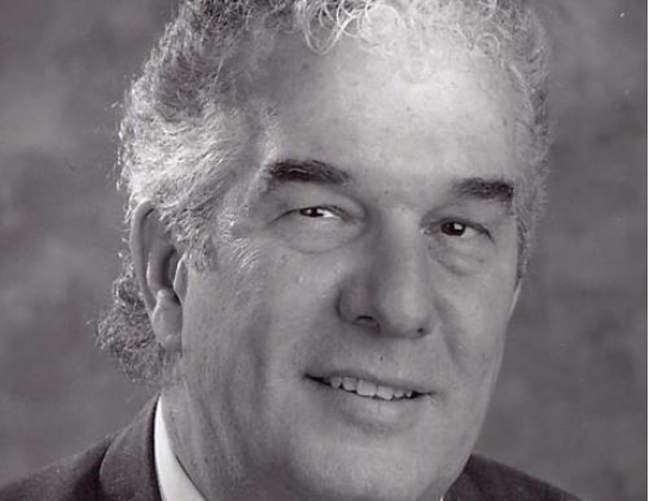The viability of remote First Nation communities – third in a series

Different Paths – Common Ground
The viability of remote First Nations communities. Third in a series.
By Peter Globensky and Beverly Sabourin
This series of articles on the future viability of remote First Nations communities began with our piece on the importance of education as a key to the future of First Nations in Canada. We celebrated the fact that First Nations youth are graduating in ever-increasing numbers. We were quick to point out however, that this success produced a troubling paradox. A Catch-22 proposition resulting in the newly educated, “the brightest and best,” rarely if ever returning to their communities of origin in order to continue their lives and build their families. We concluded that these newly-minted graduates voted with their feet due to the overwhelming absence of opportunity in their remote communities. The opportunity to seek and hold meaningful employment, to have access to a range of quality medical and social services. In short, to be able to exercise choice. We further argued that First Nations communities located within an urban ambit or adjacent to major transportation arteries are far more likely to provide a brighter future for its members when compared to remote communities accessible only by air or a couple of months of winter roads (which global warming will likely eliminate) and lacking any viable prospects for economic development.
In a recent NetNewsLedger article by Rick Millette of the Northern Policy Institute promoting the potential benefits of The Ring of Fire, he correctly laments the exorbitant costs of food and fuel in remote First Nations communities – where a liter of sugar-rich cola is more affordable than an equivalent amount of milk (enter diabetes – epidemic in many First Nations communities). His oft’ echoed solution is to build all-weather roads to these remote communities providing access to increased mobility and much cheaper goods and services. But if there is still no lasting jobs to go home to, does that really address the fundamental issue at play?
We think not.
The reality which has become extremely difficult for most remote First Nations communities to accept is that their traditional economies of subsistence and bartering, of hunting and gathering have migrated from foundational livelihood to cultural artifact. While central to the Aboriginal worldview and sense of self, traditional survival activities have been supplanted by an ad hoc, impermanent wage-based economy or social assistance. As someone who has negotiated many an agreement with remote First Nations recently commented after reading our last piece, “Family and cultural loyalty keep people on reserves. And yet, it is nearly impossible to build a viable economy in a remote community with only a few hundred residents. The availability of resources to sustain a healthy subsistence lifestyle is being threatened, and particularly among Aboriginal youth, the motivation for such a lifestyle is being eroded by all pervasive media images of the opulent and attractive urban lifestyles. Unfortunately, success may imply embracing the economic values of a wage economy. But can that be done while maintaining the cultural and social values that are so critical for the Aboriginal psyche and community?”
A mere two hundred years ago all of North America comprised the traditional territory of its first inhabitants. Through violent conquest, sleight-of-hand, rapacious greed, religious opportunism and treaties justifying most of the former, those traditional territories, these homelands, have been reduced to but a shadow of what once was. To First Nations peoples, educated and uneducated alike who have migrated to urban centres in search of better prospects these homelands serve to connect “the extremities to the heart,” and home is where the heart is. These are their cities on a hill.
From time to time we have paddled our way down the White River to the summer camp where Beverly spent many of her youthful, carefree days. Now forlorn with weathered ‘wigwam’ sticks all returning to the earth, it is but a remnant of what once was. Memories of the heart last so much longer than memories of the mind. Long ago, that marvelous chanteuse Peggy Lee in her grand lament on life sang, “Is that all there is, is that all there is my friend? – then let’s keep dancing.” In the case of remote northern communities lacking the means of economic opportunity and monetary injections other than social assistance, the music is fading and the dance may be dying. But it does not have to be that way.
So where can we look for answers? Solutions that will support a vibrant, culturally rich homeland while providing sustainable opportunities for economic growth consistent with the Aboriginal respect for the intrinsic value of the land upon which their ancestors thrived.
Beverly Sabourin, recently retired as the Vice-Provost of Aboriginal Initiatives at Lakehead University, is a member of the Pic Mobert Ojibwe. Peter Globensky is a former senior policy advisor on Aboriginal Affairs in the Office of the Prime Minister and recently retired as CEO of the Canadian Council of Ministers of the Environment. They invite your comments at basa1@shaw.ca


